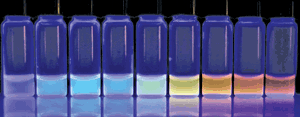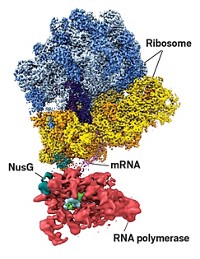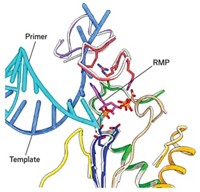Advertisement
Grab your lab coat. Let's get started
Welcome!
Welcome!
Create an account below to get 6 C&EN articles per month, receive newsletters and more - all free.
It seems this is your first time logging in online. Please enter the following information to continue.
As an ACS member you automatically get access to this site. All we need is few more details to create your reading experience.
Not you? Sign in with a different account.
Not you? Sign in with a different account.
ERROR 1
ERROR 1
ERROR 2
ERROR 2
ERROR 2
ERROR 2
ERROR 2
Password and Confirm password must match.
If you have an ACS member number, please enter it here so we can link this account to your membership. (optional)
ERROR 2
ACS values your privacy. By submitting your information, you are gaining access to C&EN and subscribing to our weekly newsletter. We use the information you provide to make your reading experience better, and we will never sell your data to third party members.
Biological Chemistry
DNA repair process revealed
August 27, 2007
| A version of this story appeared in
Volume 85, Issue 35

By using chemical, crystallographic, and NMR techniques, James T. Stivers and coworkers at Johns Hopkins Medical School have established the recognition mechanism that the enzyme uracil DNA glycosylase uses to carry out a key DNA repair—removing unwanted uracil bases from the genome (Nature, DOI: 10.1038/nature06131). The mechanism involves thermally induced base-pair "breathing," a type of DNA motion that ejects thymine (red spheres at center) and uracil into a "sieving pocket" on the enzyme (shown). This process enables the enzyme to discriminate effectively between thymine and uracil, which have very similar structures. "Previous studies of extrahelical base recognition will now need to consider spontaneous base-pair breathing dynamics as an initiating event" for DNA repair instead of previously proposed initiation mechanisms based on enzyme motions, Stivers says. He adds that the results "highlight the importance of using complementary methods to establish mechanisms" because crystal structures alone are incapable of revealing the order of events.





Join the conversation
Contact the reporter
Submit a Letter to the Editor for publication
Engage with us on Twitter